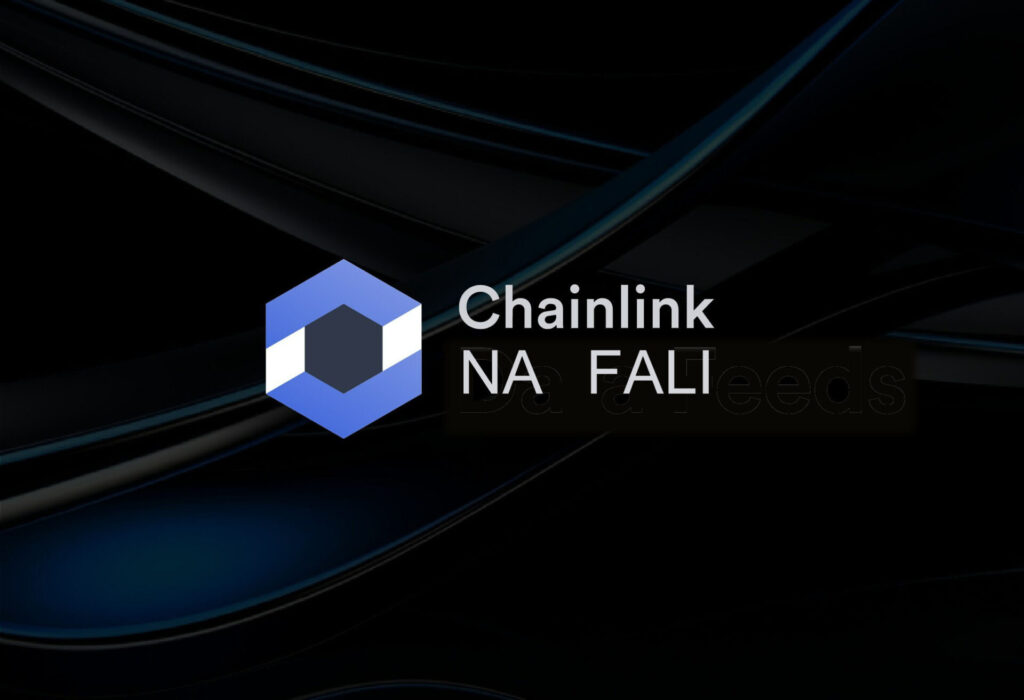
Chainlink (LINK), a known player in the cryptocurrency market, has recently seen a significant surge in interest from large investors, colloquially known as “whales”. This phenomenon, observed against the backdrop of recent changes in the Chainlink network, sheds new light on the dynamics of this market. Let’s examine how these large transactions have affected LINK’s value and what might be the future consequences of this trend.
The Rise in Whale Interest
In the past month, Chainlink (LINK) has experienced an impressive value increase of nearly 30%, partly attributed to growing investor optimism. Specifically, there has been the largest increase in transactions exceeding $100,000 each this year, indicating significant engagement of “whales” – major players in the cryptocurrency market.
The Impact of Staking v0.2
This increase in activity coincides with the introduction of the new version of Chainlink Staking v0.2, which expanded the staking pool to 45 million LINK. Staking, the process of locking cryptocurrencies to support the network and earn rewards, has gained popularity, attracting more users to participate in the Chainlink network. This, in turn, has contributed to the increase in LINK’s value.
Analysis of Transaction Patterns
Historical data indicates an interesting pattern: increases in the number of large transactions often precede a rise in LINK’s value. This was noticeable in July, October, and November of last year. Interestingly, even with a lower number of “whale” transactions before November 28, the price of LINK rose within 2-3 days.
The Movement of Dormant Tokens
Another key indicator is the movement of so-called dormant tokens. An increase in their activity, known as the ‘Age Consumed’ level, often signals upcoming price rises. For example, the movement of 8.34 billion dormant LINK tokens in September resulted in a nearly 31% price increase within two weeks. The recent movement of 4.28 billion tokens may suggest further value increases.
The Future of Chainlink
In addition to the increase in transactions, the introduction of Chainlink Staking v0.2 is an important factor. This expansion of staking accessibility to a wider group of LINK holders fits into the network development strategy known as Economics 2.0. This initiative aims to increase network security and the functionality of the LINK token itself.
Summary
In light of these changes, Chainlink (LINK) appears as a dynamically developing cryptocurrency, attracting the attention of both individual investors and major market players. The increase in ‘whale’ transactions and the introduction of new staking features portend further development and potential value increases in the coming months.
